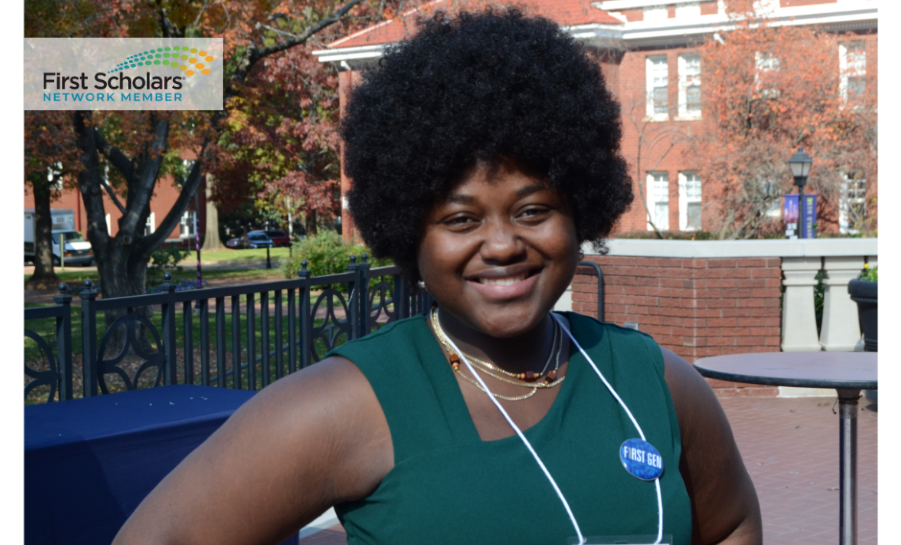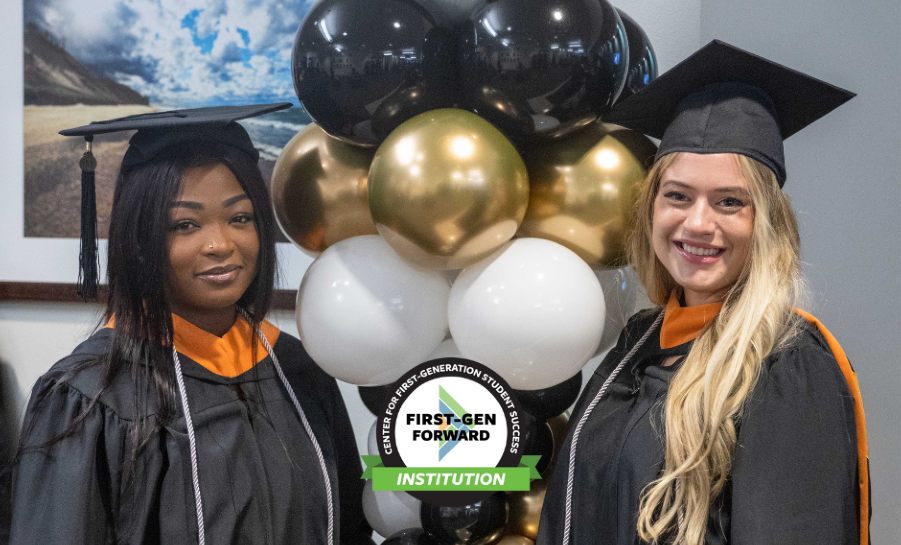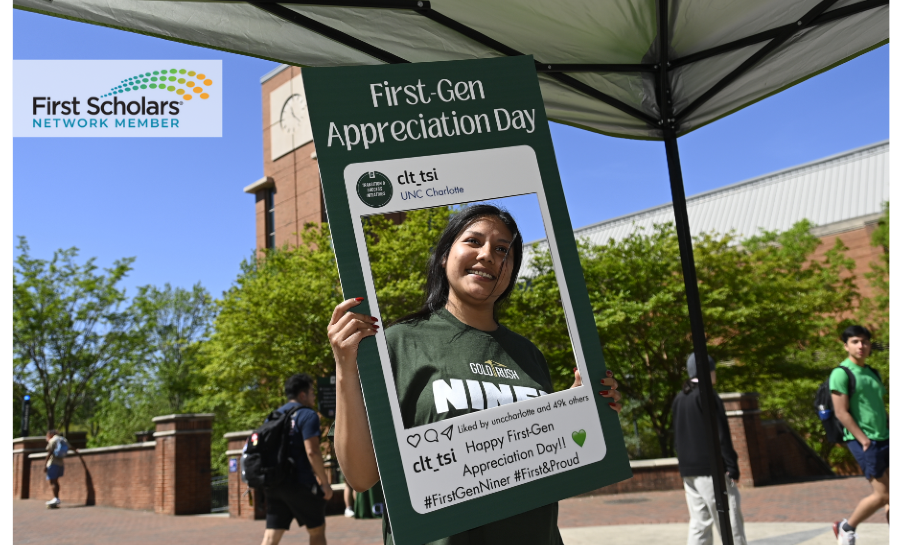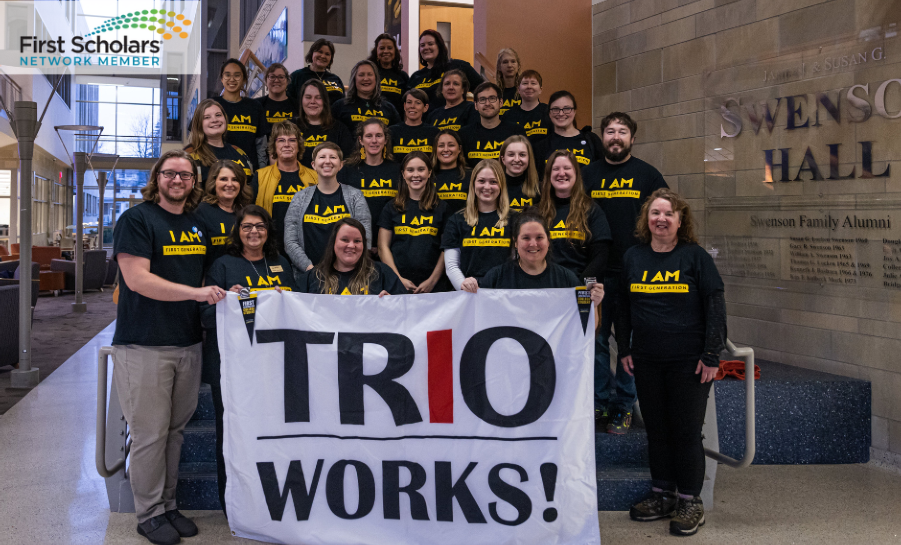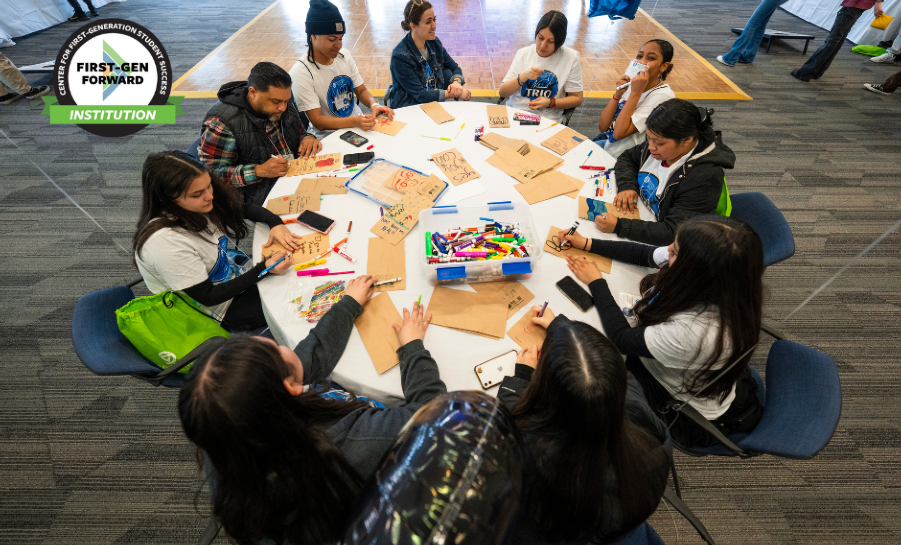Empowering First-Generation Students at Indiana University Northwest
Dorothy Frink, Indiana University Northwest / FirstGen Forward / November 21, 2024
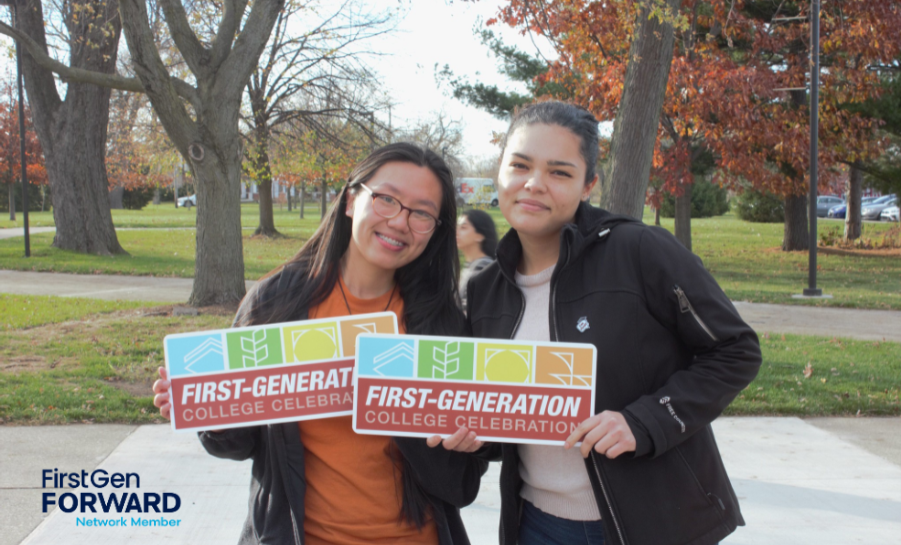
Indiana University Northwest (IUN), located in Gary, Indiana, is the first Indiana public university to be federally recognized as a Hispanic-serving institution. Nearly 40% of students are first-generation and over 50% are PELL eligible.
Joining Forces for Student Success
In 2018, IUN’s faculty and staff joined the HLC Student Success Academy to enhance retention and graduation rates through high-impact practices. After analyzing our academic support programs, student demographics, and outcome data, we discovered a gap: numerous programs targeted first-year students, but there were fewer than six for upper-level students. As part of our participation in the First Gen Forward Network (FGFN), we reflected on this data while discussing our goal-setting activity. The team decided to relaunch “The Academy,” a program originally designed to engage students in faculty-led, academic learning activities.
The FirstGen Forward Network team decided to restructure and relaunch the Academy as a cross-institutional collaboration between Academic Affairs and Student Affairs. By including Student Affairs, we could enhance the Academy’s learning, provide leadership and networking experiences, and address the gap in programming for upper-level students.
The Academy Project: Empowerment through Learning, Leadership, and Networking (ELLN)
The new initiative, The Academy Project: Empowerment through Learning, Leadership, and Networking (ELLN), aims to support first-generation sophomore students. Launching in Fall 2025, ELLN seeks to increase sophomore-to-junior year retention rates, which is crucial for improving overall graduation rates.
Why Focus on Sophomore Year?
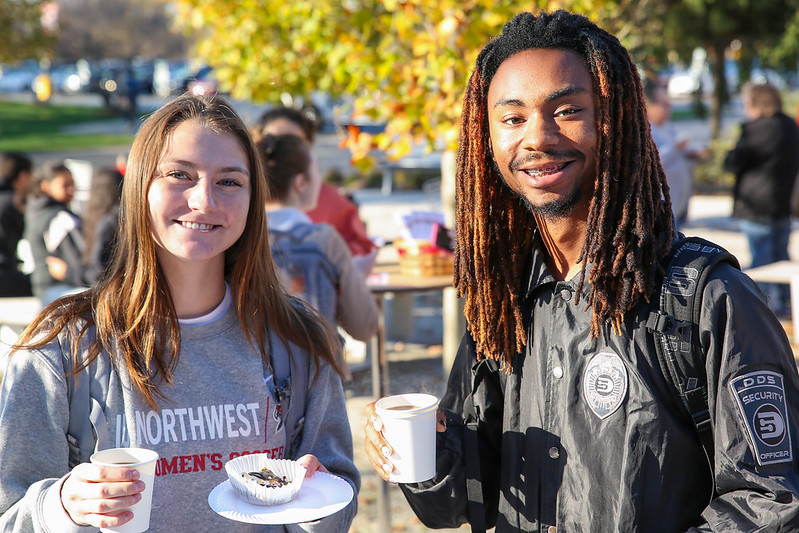
Components of The Academy Project
1. Learning: Students will engage in research projects on topics important to them and society, integrating knowledge from multiple sources. This approach encourages depth in a specific study area and breadth across disciplines, equipping students with versatile skills to tackle real-world problems.
2. Leadership: Students will develop foundational leadership skills through workshops, group discussions, case studies, and interactive learning. This component ensures students gain the knowledge and practice to hone their leadership abilities.
3. Networking: Building relationships with peers, faculty, and professionals is key. The network component will help students navigate these relationships and bridge differences in perspectives, values, and backgrounds.
Moving from Surviving to Thriving
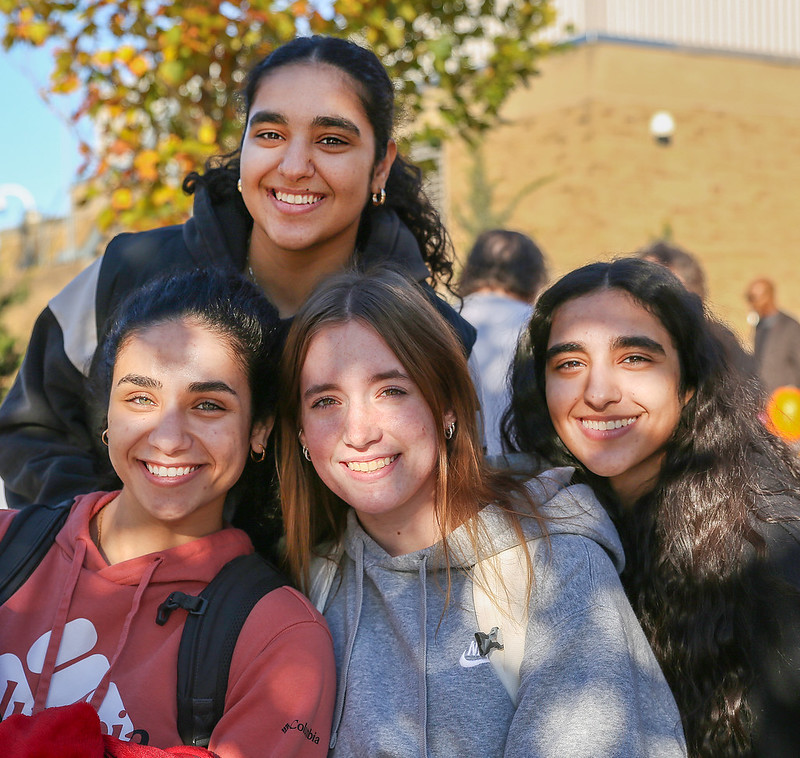
Indiana University Northwest continues to lead the way in supporting its diverse student body, ensuring that every student has the opportunity to succeed and thrive.
Dr. Chris Young, assistant vice chancellor for Academic Affairs and Director for the Center for Innovation and Scholarship in Teaching and Learning, states, “Through participation in interdisciplinary symposia and collaborative projects, students will develop transferable skills and establish connections within business and non-profit communities. This engagement will help them connect with the campus and the broader community, which research shows can enhance their likelihood of graduating and success.”
References
- Association of American Colleges & Universities, (2015). The Leap Challenge: Education for a world of unscripted problems. Association of American Colleges & Universities.
- EAB. (n.d.). Four components of effective sophomore retention efforts. Education Advisory Board. Retrieved from https://eab.com/resources/research-report/four-components-of-effective-sophomore-retention-efforts/
- Perez, M. (2020). Examining university sophomore students’ thriving factors, second-year experiences, and student success outcomes. Research Issues in Contemporary Education, 5(1), 1–24. Retrieved from https://eric.ed.gov/?id=EJ1255615:contentReference[oaicite:0]{index=0}:contentReference[oaicite:1]{index=1}
- Tinto, V. (1993). Leaving College: Rethinking the Causes and Cures of Student Attrition (2nd ed.). Chicago, IL: University of Chicago Press.
